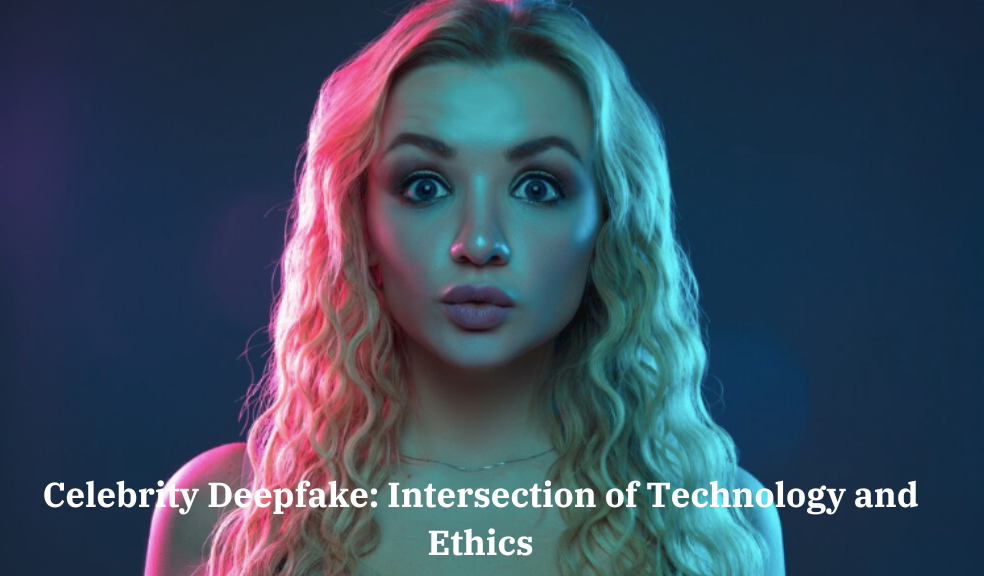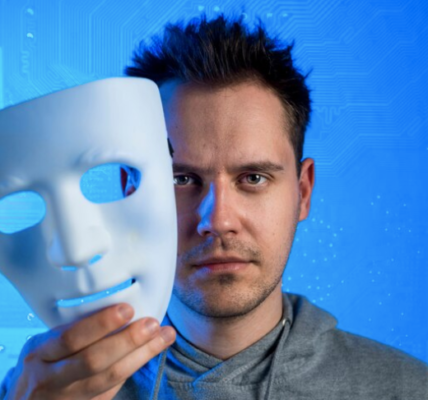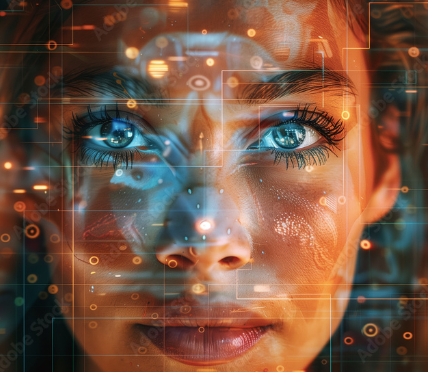Deepfakes, hyper-realistic videos, or audio fabricated with artificial intelligence, have become a fascinating yet concerning technology. In the realm of celebrities, deepfakes create a complex intersection where cutting-edge innovation confronts serious ethical dilemmas. Deepfakes utilize artificial intelligence (AI) and machine learning to develop hyper-realistic digital forgeries of individuals, often celebrities, by superimposing their likeness onto existing images or videos. While the technology holds potential for innovation in various fields, it also raises significant ethical, legal, and societal concerns.
What Are Deepfakes?
Deepfakes are generated using deep learning algorithms, particularly generative adversarial networks (GANs). GANs consist of two neural networks: a generator, which creates fake content, and a discriminator, which evaluates the authenticity of the generated content. Continuous iterations improve the generator’s output until the discriminator can no longer distinguish between real and fake, resulting in highly convincing synthetic media.
On the positive side, deepfakes offer exciting creative possibilities. Imagine a historical documentary featuring a lifelike recreation of a bygone-era’s celebrity. Deepfakes could also revolutionize entertainment, allowing actors to portray younger or older versions of themselves.
However, the potential for misuse looms large. Malicious actors could create deepfakes to spread misinformation or damage a celebrity’s reputation. Deepfakes of a political nature could manipulate public opinion during elections. Perhaps most disturbingly, deepfakes can be used to create non-consensual pornography, a horrifying invasion of privacy.
The Allure of Celebrity Deepfakes
Celebrities, with their widespread recognition and public appeal, are prime targets for deepfake creators. These fabricated videos and images can range from harmless entertainment to malicious disinformation. For instance, deepfakes have been employed to insert celebrities into movie scenes they never acted in or to make them appear as though they are endorsing products or political messages.
One notable example is the deepfake of actor Tom Cruise, which went viral on social media platforms. The uncanny realism of the videos, created by a skilled visual effects artist, showcased the potential of deepfakes to blur the line between reality and fiction, leaving viewers both amazed and unsettled. There are too many issues arising nowadays of celebrity deepfake and even most of the colleagues celebs can hire a team and advise them to do of their opposite party or colleague with whom they have any clash.
Ethical and Legal Challenges
The proliferation of celebrity deepfake poses numerous ethical dilemmas. Foremost is the issue of consent. Celebrities, like any individual, have a right to control their likeness and how it is used. Deepfakes can violate this right, leading to potential harm to their reputation and personal life. Additionally, the spread of false information through deepfakes can contribute to the erosion of trust in media, making it difficult for the public to discern truth from fabrication.
Legally, the landscape is still evolving. Some jurisdictions have begun to introduce legislation aimed at combating malicious deepfakes. For instance, in the United States, the Malicious Deep Fake Prohibition Act seeks to penalize the creation and distribution of harmful deepfakes. However, enforcing these laws remains challenging due to the global nature of the internet and the rapid pace of technological innovation.
Ultimately, fostering media literacy is crucial. Educating the public about the existence and unreliability of deepfakes is the first line of defense against their manipulation.
The Role of Technology Companies
Technology companies play a crucial role in addressing the deepfake phenomenon. Social media platforms and video hosting services are increasingly implementing measures to detect and remove deepfakes. These include using AI to identify synthetic media, flagging suspicious content, and providing tools for users to report deepfakes.
Moreover, companies are investing in research to develop more robust detection methods. Facebook, for example, launched the Deepfake Detection Challenge to encourage the development of innovative solutions for identifying deepfakes.
The Future of Deepfakes
As deepfake technology continues to evolve, its potential applications and implications will expand. While the entertainment industry may leverage deepfake for creative purposes, such as bringing deceased actors back to the screen or generating digital avatars, the risks associated with misuse cannot be ignored.
To navigate this complex landscape, a multi-faceted approach is necessary. This includes raising public awareness about the existence and potential dangers of deepfakes, fostering collaboration between tech companies, policymakers, and legal experts, and continuing to advance AI and machine learning techniques for both creating and detecting synthetic media.
Closing Thoughts!
Celebrity Deepfake represents a fascinating yet formidable intersection of technology and ethics. As society grapples with the implications of this powerful tool, it is imperative to strike a balance between innovation and responsibility. By addressing the ethical, legal, and societal challenges head-on, we can harness the benefits of deepfakes while mitigating their risks, ensuring that this technology serves as a force for good rather than a tool for deception.



